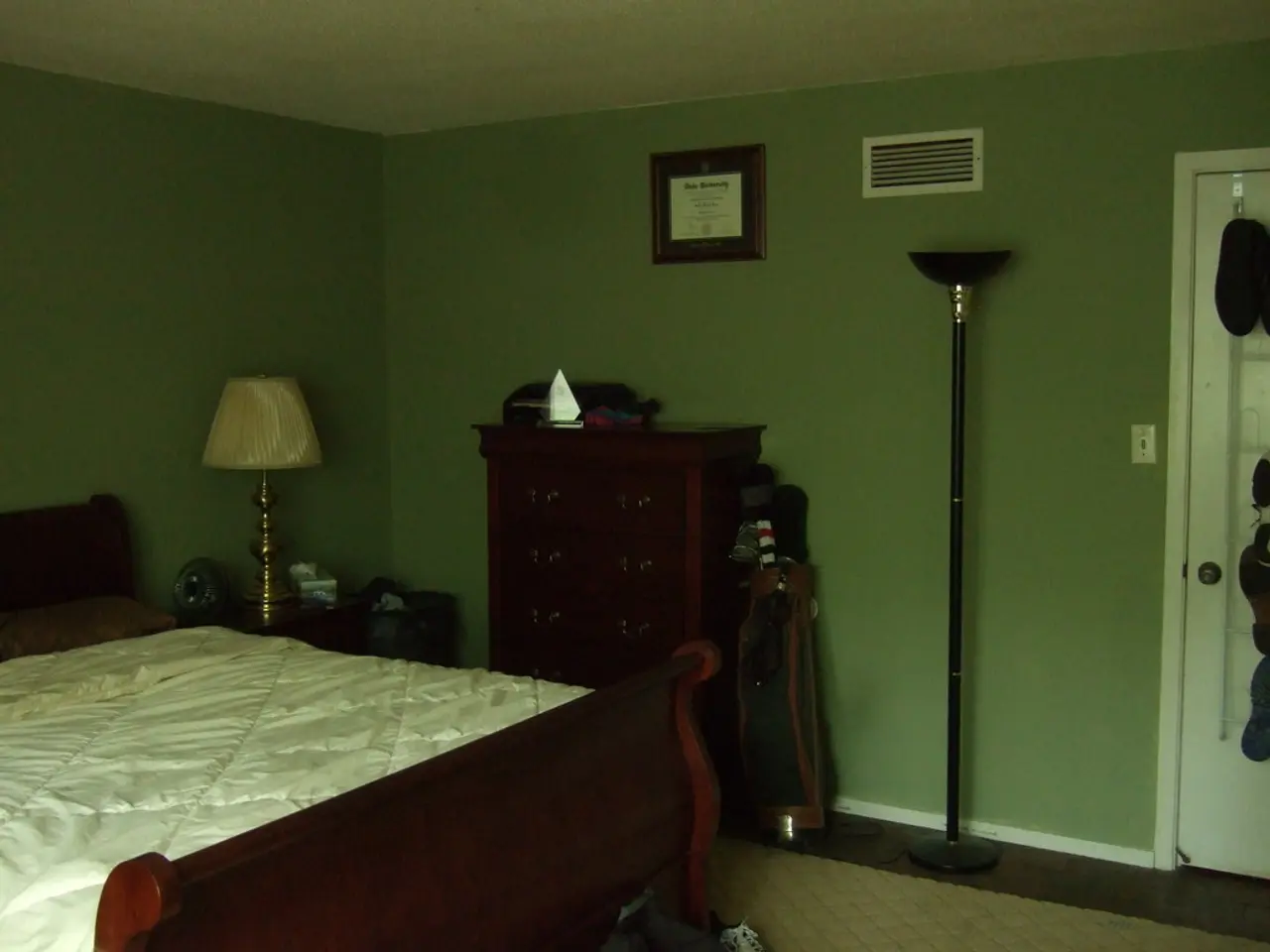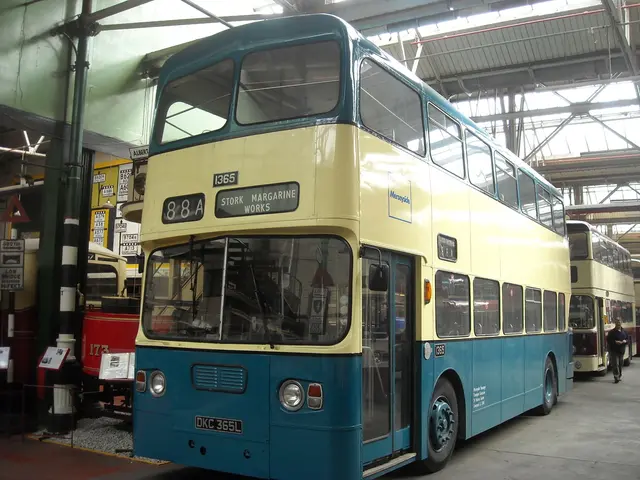Unveiled: Property Characteristics that Amplified Lockdown Difficulties and the Subsequent Shifts in Home Buyers' Preferences
A Shift Towards Rural Living: UK Home Movers Adapt to New Needs
The COVID-19 pandemic has prompted a significant change in the preferences of UK home movers, with many opting for more spacious and rural living environments. According to a recent survey by Royal London, 38% of home movers have been convinced to move due to the pandemic.
One of the key challenges during lockdown for many home movers was the lack of indoor space. A staggering 27% of respondents cited this as an issue, while 24% and 21% highlighted the absence of outdoor space and workspace, respectively. Furthermore, 16% noted the poor quality of internet connection, and 17% lamented the lack of parking.
In response to these challenges, home movers are now prioritising properties with more space for pets, natural lighting, and parking. They are also seeking homes with home offices, high-speed internet, and more open floor plans.
The survey revealed that the lack of a small garden or outdoor area, as well as the absence of indoor space and no outdoor space, were the top features that made lockdown more difficult for home movers.
The shift towards rural living is a trend that is evident across the UK. In cities like London, 46% of people are looking to move to more rural areas, while only 27% are considering moving closer to the city. This trend is also prevalent in Manchester, Nottingham, Southampton, Leeds, Liverpool, Sheffield, Birmingham, Bristol, and Norwich, where a majority of residents are looking to move to more rural areas.
Interestingly, in cities like Glasgow, Edinburgh, and Newcastle, a significant proportion of residents are also looking to move to town locations, suggesting a preference for less densely populated urban areas.
In contrast, Belfast and Cardiff stand out as cities where the majority of residents are looking to move to more rural areas, with only 7% and 5% respectively considering moving closer to the city.
Despite this trend, the survey does not provide any information about the regions in the UK that are being targeted by people moving to more urban or rural areas, nor the percentage of the population moving to urban or rural environments according to the Royal London report.
In conclusion, the COVID-19 pandemic has prompted a shift in the preferences of UK home movers, with many opting for more spacious and rural living environments. This trend is evident across the UK, with many cities experiencing a significant exodus of residents towards more rural areas. However, more data is needed to fully understand the extent and implications of this trend.
Read also:
- Poorly Controlled Eaton Fire Largely Contributed to Extensive Losses, According to Report
- Transforming Unforgiving Tablets for Seamless Digitalization in Perilous Locations
- Redefining Efficiency: Dubai's Structures Leading the Way in Water Conservation
- Reduced Scope 1 emissions of Airbus due to the use of Sustainable Aviation Fuel






